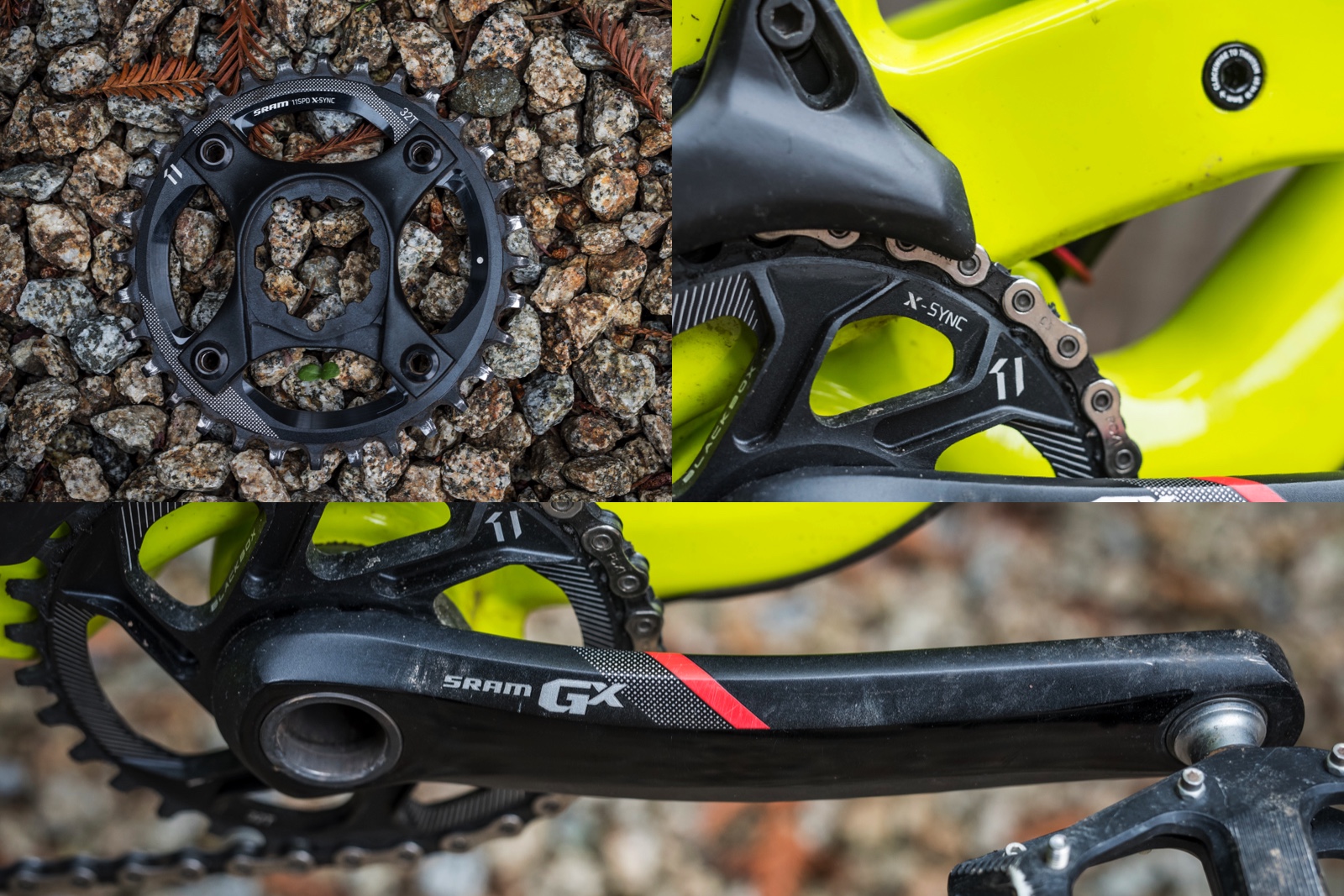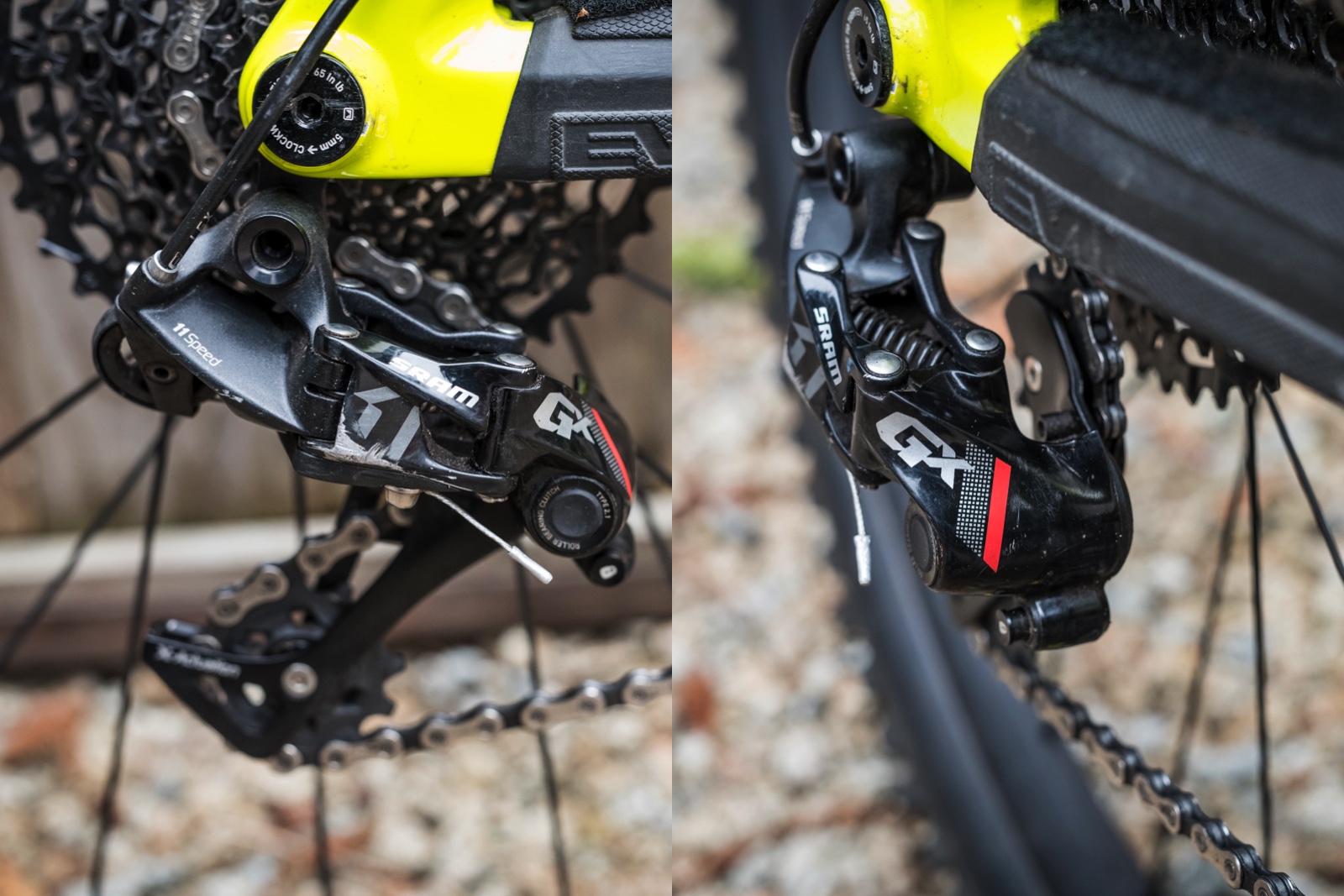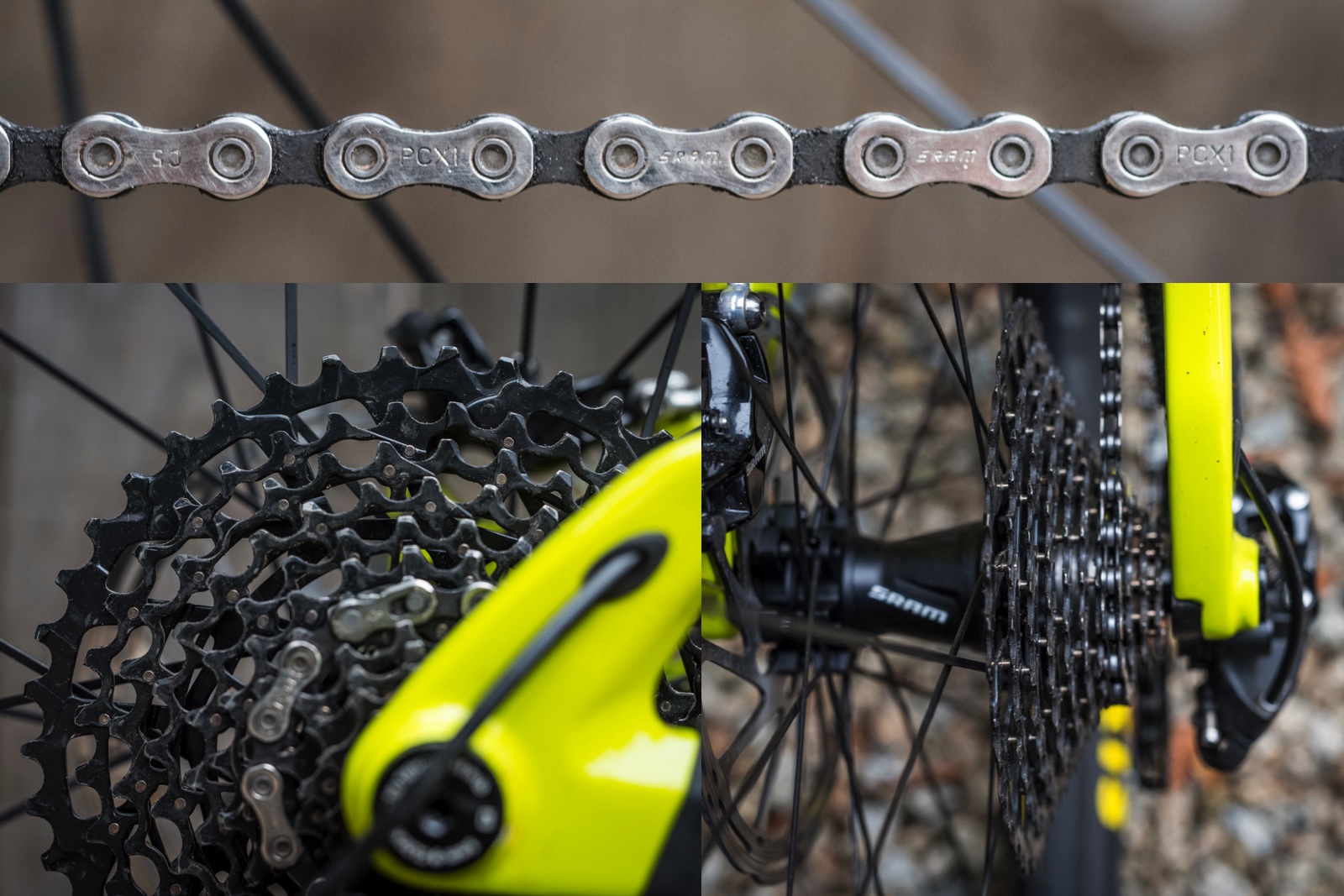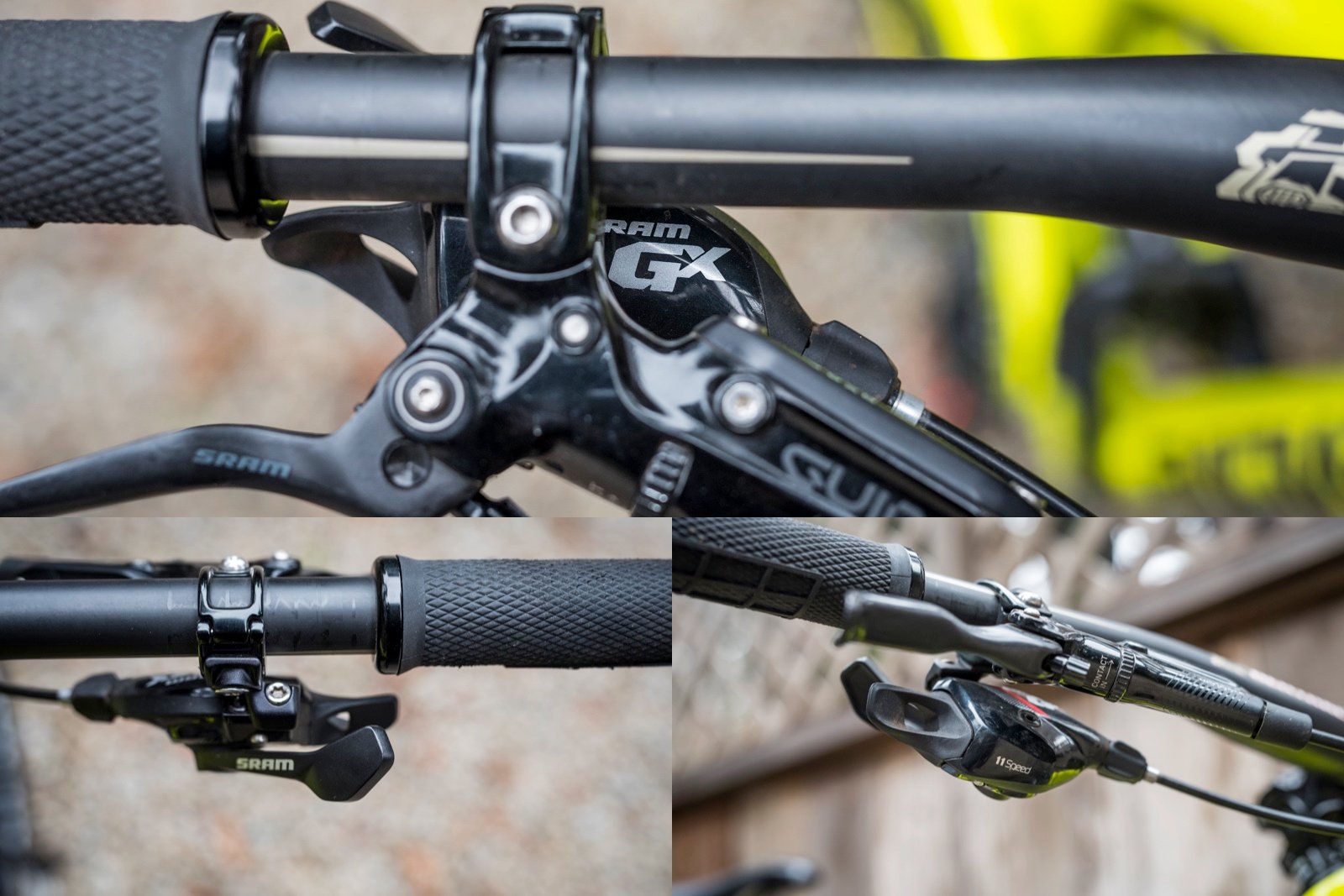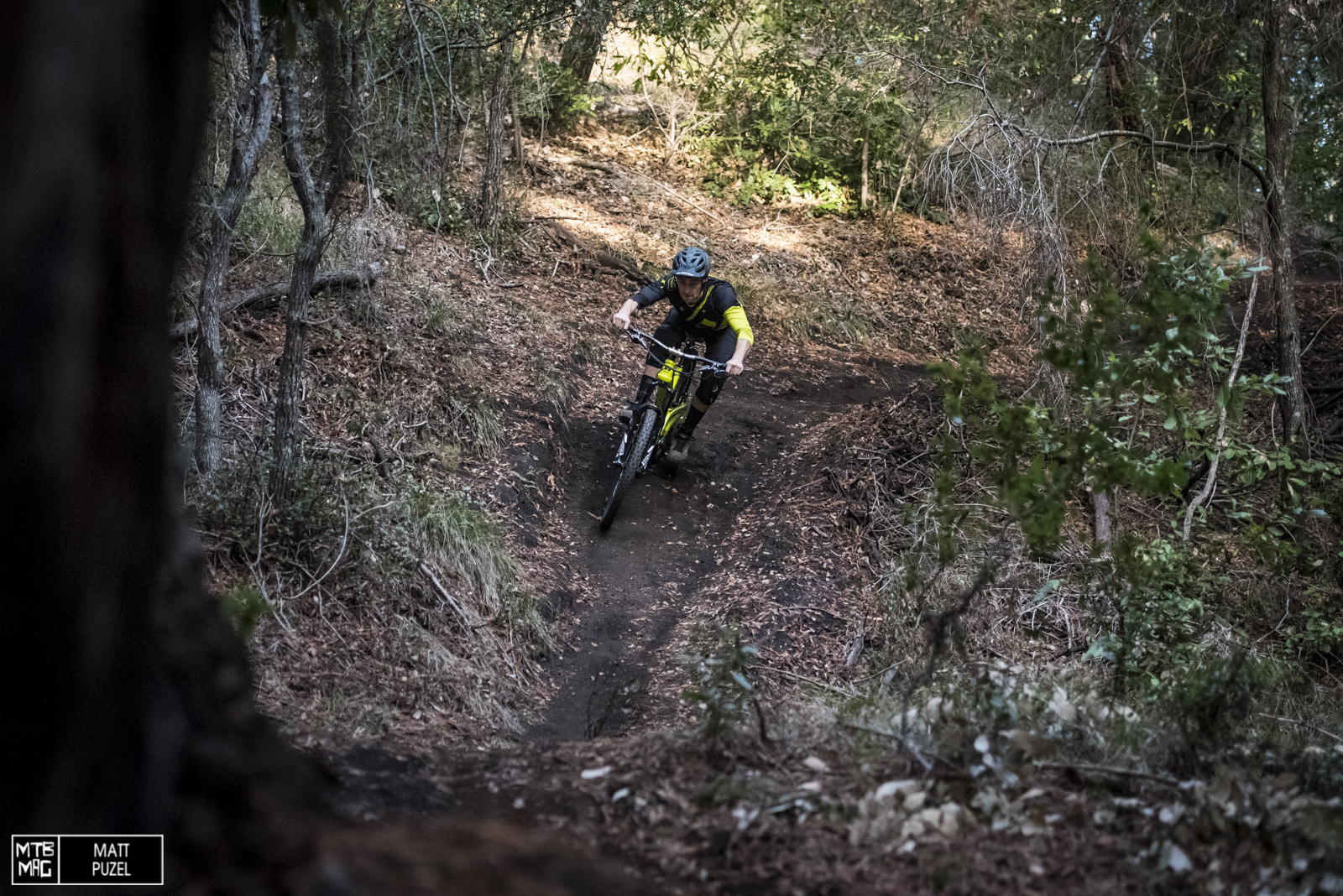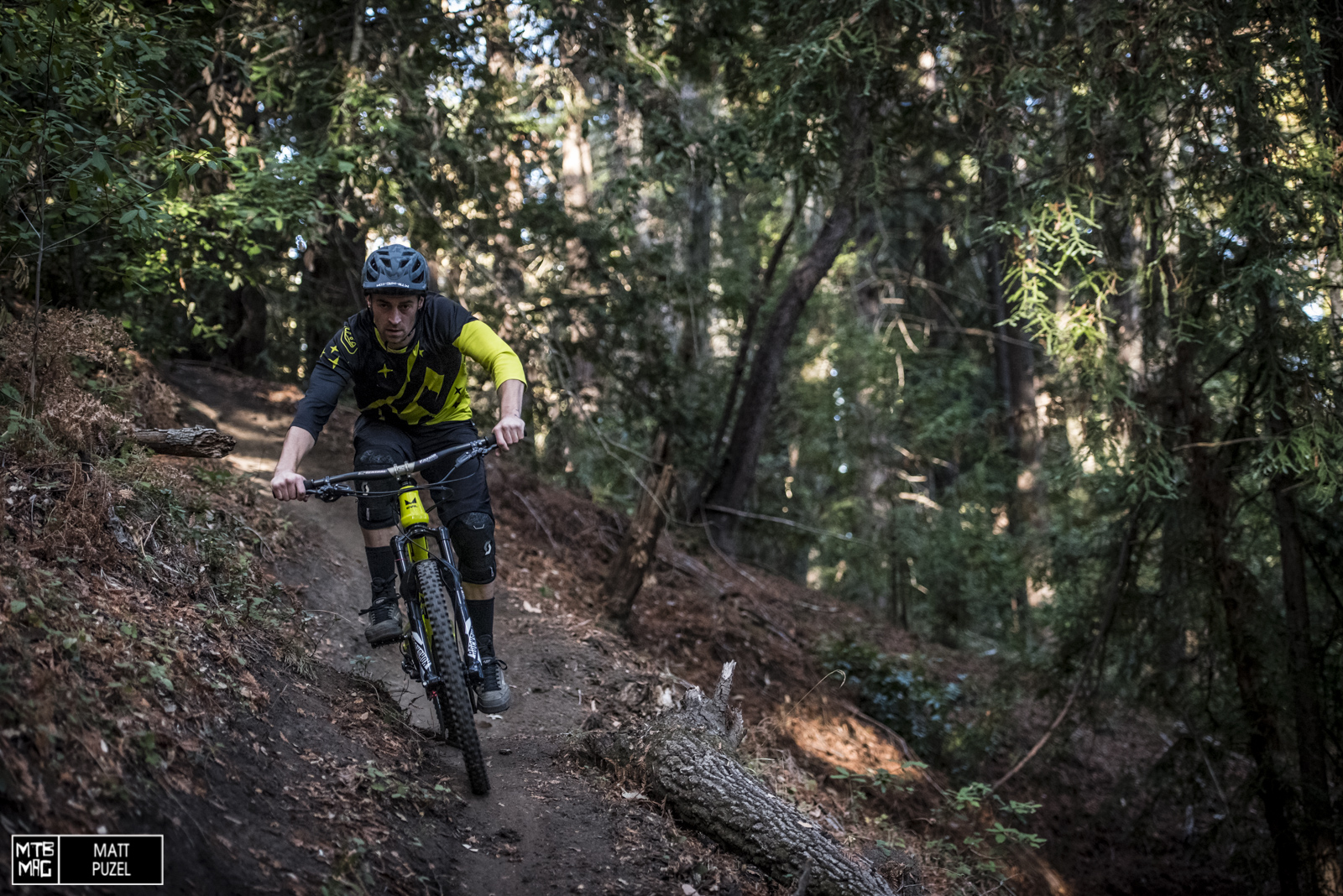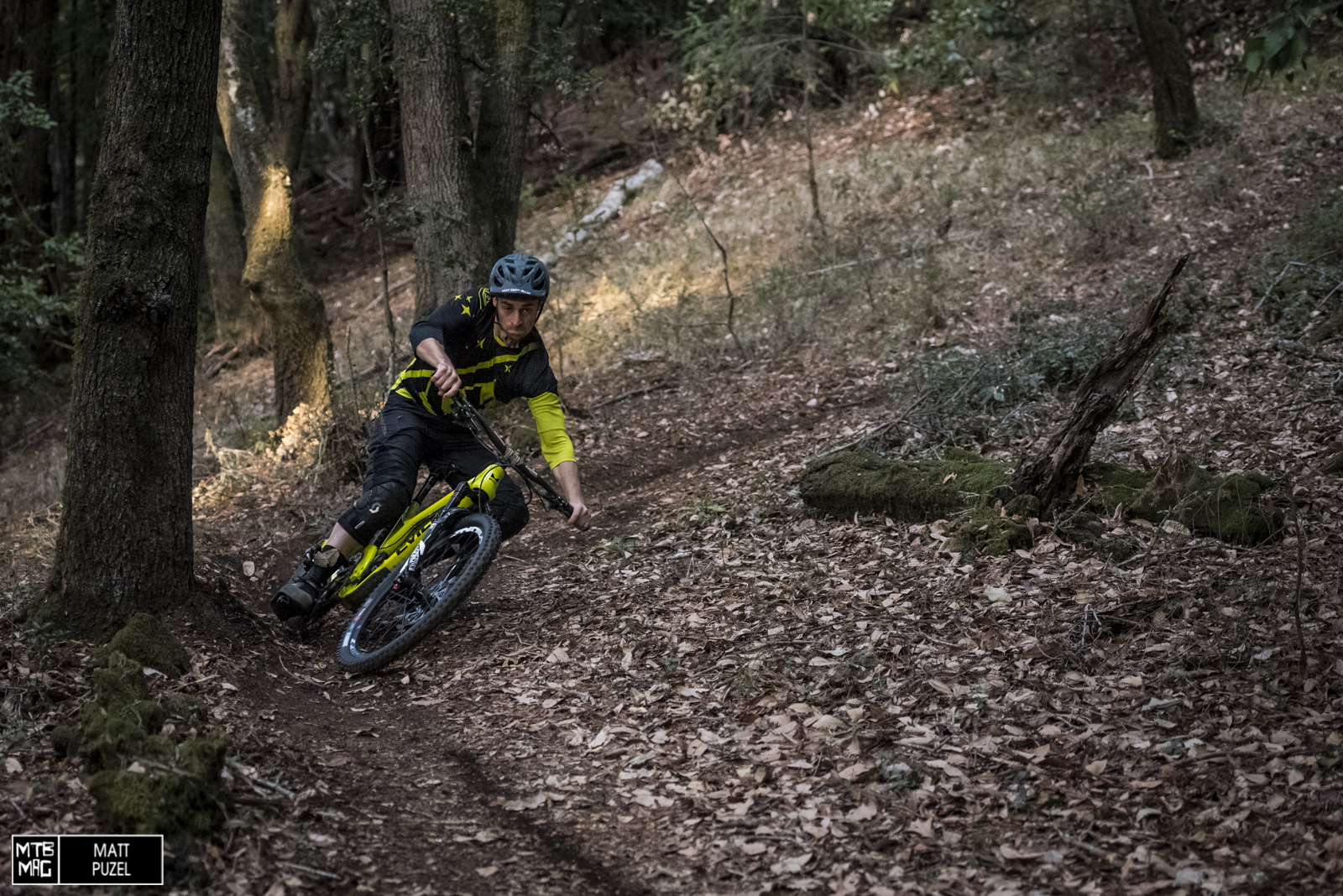[ad3]
A few years ago, SRAM made waves in the mountain bike world by introducing XX1, a dedicated flagship eleven speed drivetrain with just one front chainring. XX1 utilizes a now widely imitated narrow/wide chainring tooth pattern for chain retention and a massive 10-42 tooth rear cassette to provide a huge gear range while eliminating the need for a front derailleur and its inherent complexities. While XX1 quickly became uber popular, it didn’t come cheap. However, since its introduction, SRAM has made strong, incremental steps towards bringing its technology to an affordable price point. First with X01, then X1, and recently, back in spring they introduced GX which comes in at just $564 US for a 1X11 drivetrain setup featuring all of the benefits of their flagship XX1 group at just over a third of the cost. In short, SRAM has officially brought 1X down to the masses. While some consumers are still adamant about the need for a front derailleur, it’s worth mentioning that SRAM hasn’t given up on them. They still offer GX in 2X10 and 2X11.
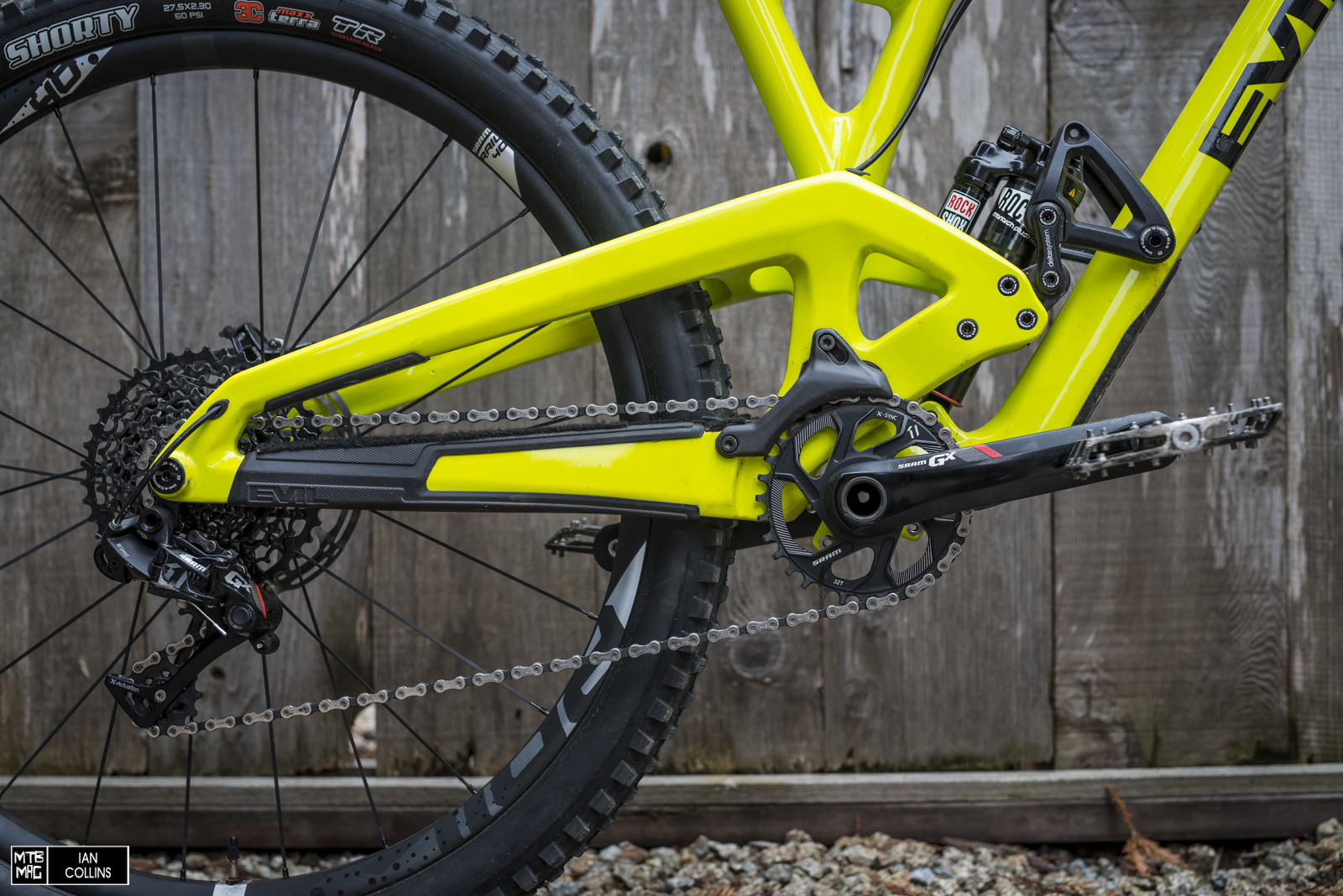
We first bolted our GX drivetrain up in Whistler this past May and have been hammering on with it bolted to a few different bikes. In the next few paragraphs we’ll provide a thorough breakdown of how each part worked as well as how they all worked in unison as a comprehensive drivetrain – but first, some specs and details.
Group Pricing

Individual Component Weight/Price
GX 1400 Crankset – 680 grams(as tested) – $225, €235, £180
GX 1 X 11 X-Horizon Rear Derailleur – 265 grams – $115, €120, £92
GX 11 sp Trigger Shifter – 122grams – $43, €45, £34
XG-1175 Full Pin Cassette – 325 grams – $144, €150, £115
PC-X1 Chain – 258 Grams – $31, €32, £21
First Impressions
On first glance, for a “budget” build, GX certainly has a very high end aesthetic. Subtle, classy graphics and clean lines are present throughout and nothing feels cheap. At first it’s a bit hard to believe how affordable the build is. Everything bolted up nicely from the get-go and felt familiar. We were almost expecting some of the parts to have a bit of a cheap feel initially but we were quickly proven wrong. The shifts felt super positive and snappy in the bike stand. To be completely honest, if you were to blindfold us, we’d have a hard time “feeling” a difference between this group and an XX1 group. Aside from the ergonomics of the shifter’s thumb paddle, it felt the same. We did some quick math and discovered that there is a almost a one pound difference between a flagship XX1 group and the GX group depending on which GX parts you choose. Anyhow, we’ll go over each part individually as that’s how they’re typically sold, then summarize their performance as a group at the end.
Crankset
SRAM offer two different 1X cranksets in their GX family. We tested the GX-1400 with a removable, direct mount spider. They ship with a 32 tooth X-Sync Narrow/Wide ring that provided perfect gearing for a 27.5″ wheeled bike, our testers fitness level and the terrain he was riding. We had a direct mount X-Sync chainring available ($99 retail) and because we like it’s nice tidy look, we bolted it up after some time. Since we’re reviewing an entry level drivetrain, it’s worth mentioning that SRAM offer a steel version of this same ring for just under $20. The stock spider/ring combo is pictured below on the top left frame.
The GX-1400 cranks are hollow, aluminum and carry the same shape and profile as the X1-1400 crankset. SRAM also offer a non-hollow, forged GX-1000 crankset that loses the removable spider option, weighs 40 grams more but comes in at around $90 less.
Derailleur
The GX 11 speed rear derailleur is the first derailleur that we’ve seen from SRAM that’s undergone a visible transformation in shape. While the changes aren’t drastic, we’ve noticed that the forged knuckle which bolts up to the hanger has been revamped, and the rivets are constructed differently. Compared to an XX1 or an XO1 derailleur, it’s likely that most of the major differences are due to an attempt to bring the costs down. Some parts that might be aluminum on a flagship derailleur are steel on the GX version. That’s fine – it works just as well, it’s just slightly heavier but serves as a way to bring the cost down. Functionally, it’s virtually the same and features a clutch style mechanism that keeps the cage from moving excessively while preventing chainslap and derailment.
Chain & Cassette
The PC-X1 chain is pretty straightforward. There are no technological feats or advancements. It’s just a chain and as you’ll read later on, it worked fine. It doesn’t have hollow pins to save weight, but it’s also very affordable.
As for the cassette, this is where SRAM has had to really push the envelope to bring the 1X11 advantage to the masses. It’s a fully pinned cassette and within the GX family there are two 1X11 options – a full steel cassette(XG-1150) at 394 grams and the 325 gram option(XG-1175) which is mostly steel, save the aluminum 42 tooth top gear. We tested the latter and aside from the fact that it is not a freakishly beautiful, one piece X-Dome construction work of art,functionally speaking it’s the same as the top end SRAM cassettes.
Shifter
We actually preferred the more squared off, grabby feel of the thumb paddle on the GX shifter. It isn’t rounded off or adjustable like its XX1 and X01 siblings but we found it hit in just the right spot and was equally crisp and light in action with a weight penalty of just a few grams. Thumb paddle and adjustability aside, it was hard to tell the difference between this shifter and SRAM’s other 11 speed offerings.
On the Trail
After all of the technical discussion, let’s see how the GX drivetrain handled the last half of a year on trails all over Northern and Southern California, Whistler and Squamish.
From the get-go we really couldn’t feel that much of a discernible difference in performance when compared to any other of SRAM’s 1X11 offerings. Starting from the top down, the action in the shifter was light and each shift was rapid and crisp. We’ve pulled the cap off and have performed a couple of cable changes, and while it isn’t permanently sealed from the elements, it hasn’t been contaminated to the point where its performance has been hampered. Like other SRAM shifters, we love how easy it is to mount, as well as adjust its height and inboard/outboard position.
We found the cranks to be very stiff and while they don’t have the svelte luster of carbon fiber, budget minded and/or heavy riders who might be concerned with strength should welcome them with open arms. They’re a fantastic crankset given their low price and competitive weight. Per usual, the X-Sync ring kept our chain on whether we utilized a chain guide or went without. Throughout our entire duration of testing we haven’t lost a chain on this drivetrain. Not once.
Speaking of cranks and rings, it’s worth noting how quiet this system was. Budget drivetrains can quite often have a bit more noise associated with them but this was not the case. Whether we used a 4 bolt spider or a direct mount chainring, our whole BB area never made a peep. This is partially due to the fact that 1X11 is inherently quieter as you lose the front derailleur altogether.
At the back of the bike we were pleasantly surprised to find the same top notch performance that we’ve become accustomed to from SRAM’s higher end drivetrains. When we first glanced at the derailleur and cassette we wondered if some of the cost saving manufacturing/design methods might hurt the performance. Would the derailleur be as rigid and deliver accurate shifts? Will the cassette hold up as well over time and change gears as quickly? Yes to all of the above.
Our GX derailleur has taken quite a few hits and is still running like a dream. We’ve inspected all of the pivots and none of them have loosened over time or developed any noticeable play. The same can be said for the cassette – all of its pins are fully intact and it operates as one tough, rigid unit. We’ve installed and removed it over a dozen times during the course of our test while mounting it on a handful of wheels and 4-5 different bikes. It’s still just as easy to remove and install as it was on day one.
There really isn’t much to drone on about regarding the chain – it hasn’t twisted or worn in a way that we would consider premature. It’s not the lightest chain on the market but with that in mind, there are much more cost effective places to save weight on the bike. All in all, it got the job done, shifted well and stayed intact. That’s all you can ask for unless you want to shell out triple the money just to lose a few grams.
Overall
So where does the GX drivetrain stand in the mountain bike world? In the case of the 1X11 group set that we tested we consider it a game changer. It is a prime example of trickle down technology. SRAM’s 1X11 drivetrain started out as something that not many could afford but everyone lusted over. Now it almost doesn’t make sense not to run it. Most consumers love the idea of being liberated from the front derailleur. Less cables, less stuff on your bar, less noise and less to think about. It’s also incredibly durable. In 6 months of aggressive riding in mixed conditions, we still haven’t worn out the chain or cassette.
The group we tested retails for $564. That is an incredible price in our opinion – perhaps the best bang for the buck in the drivetrain world. However, there is one small nuance…You still do need a back wheel with an XD driver to accept an XG-1150 or XG-1175 cassette. With that in mind, there are now a plethora of rear hubs that can fit the aforementioned XD driver. A couple of years ago, the options were limited, but as 1X11 grows in popularity, wheel manufacturers have adapted and the options are expanding constantly. For 2016 we’ll surely see a host of budget bikes featuring this same drivetrain in lieu of a 2X11 setup. That means newcomers to the sport will be happier, less confused by their shifting experience and more apt to stick around, which is good for the sport. Hats off to SRAM for bringing an elite technology down to a consumer level while still applying all of the performance benefits that won us over in the first place.
[ad45]

